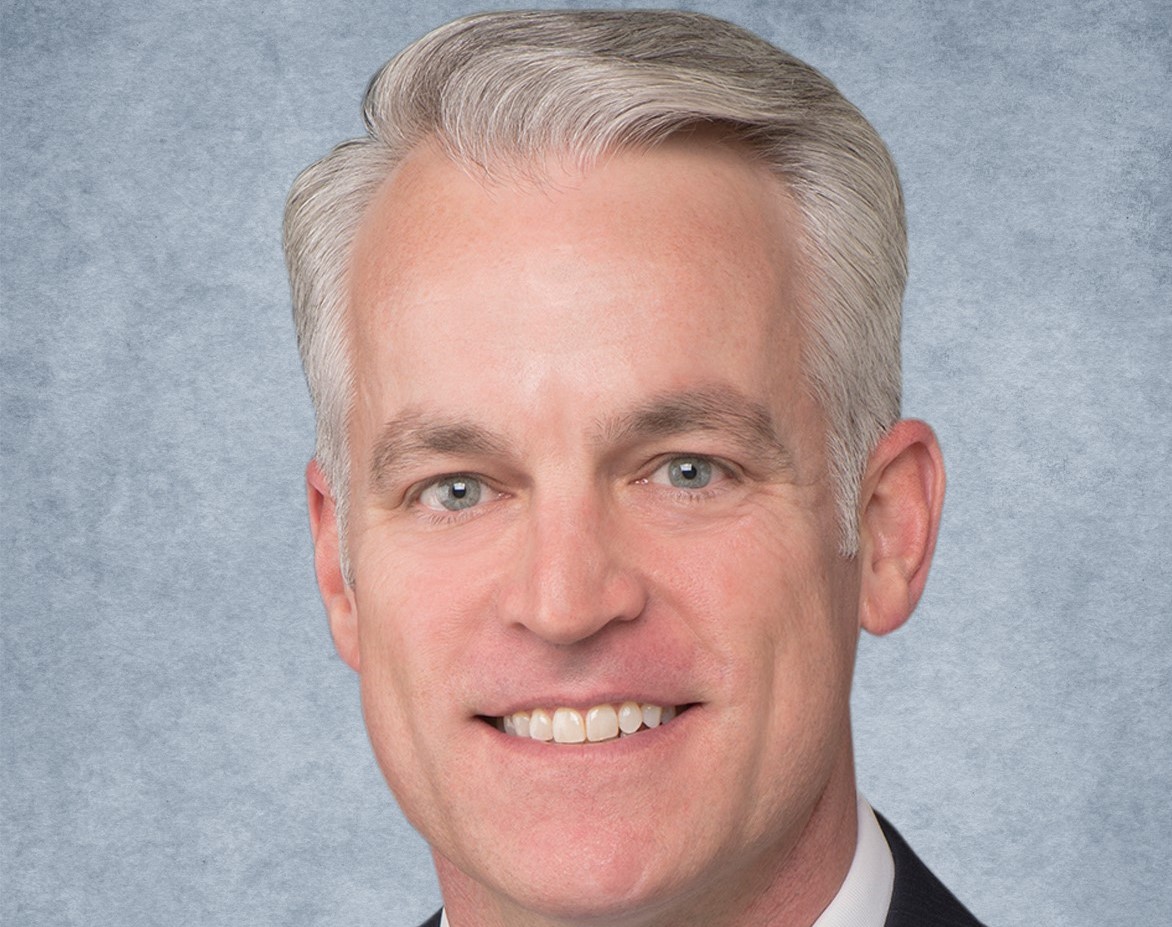Retail Sector Makes Headway in Experiential Drive
Despite dire warnings of brick-and-mortar’s demise, innovation among operators and retailers is resulting in surprisingly strong fundamentals, Marcus & Millichap reports in a new update.

Scott Holmes, Senior Vice President & National Director of Retail, Marcus & Millichap. Image courtesy of Marcus & Millichap
“Location, location, location” still holds, of course, but for the retail side, the main considerations these days might be stated as “food, fun and fitness,” as retailers strive ever harder to create experiences that will bring shoppers into retail centers, according to a midyear 2019 retail outlook from Marcus & Millichap.
An experiential approach to finding the best mix of retailers appears to be winning the approval of investors, many of whom are looking to sign a variety of non- or less-traditional tenants. To fill vacant big-box spaces, gyms and other fitness tenants are much-desired, as are entertainment retailers, such as e-sports venues and dine-in movie theaters. The report notes that fitness tenant space in shopping centers has almost tripled in the past 10 years. Other experience-oriented retail categories have a positive outlook as the economic cycle progresses. Bars and restaurants, for example, are likely to remain sought-after tenants.
READ ALSO: Why Retail Is Not Going Through an Apocalypse, But a Reincarnation
Another key trend in the retail sector, says Marcus & Millichap, is the ongoing transition to an omnichannel model. Retail platforms are converging from opposite directions, meshing brick-and-mortar locations with online capabilities—or vice versa—to create seamless omnichannel experiences for consumers.
Walmart and Target, for example, are taking their substantial physical footprints and enhancing their digital and logistical systems to better compete with internet retailers, resulting in more online sales and faster delivery times. Native-digital retailers such as Bonobos and Warby Parker are moving in the other direction, adding physical stores to previously net-only platforms to increase their brand awareness and customer engagement.
Good news on rents
Marcus & Millichap notes that despite soft absorption, retail rents are rising faster than the inflation rate, to the extent that the national average asking rent will rise this year to roughly $1 above its pre-recession peak. Most major metros will see rent growth above the current 2 percent core inflation measure, while many coastal and Sunbelt cities will exceed that, hitting rental gains of up to 5 percent or more.
Furthermore, “The repurposing and redevelopment of existing retail assets will also contribute to decreasing vacancy as investors get creative with outdated shopping centers,” wrote the report’s lead author, Scott Holmes, senior vice president & national director of retail. Even beyond redesigning a retail center to accommodate desired tenants, redevelopment could mean converting retail space to such uses as self-storage, last-mile fulfillment or office space.
For all the reinvention in the sector, however, retail development remains modest, with just 50 million square feet to be completed year-over-year. Not only have construction costs risen substantially, but both lenders and retailers themselves are cautious about possible over-expansion, especially with the risks posed by tariffs.







You must be logged in to post a comment.